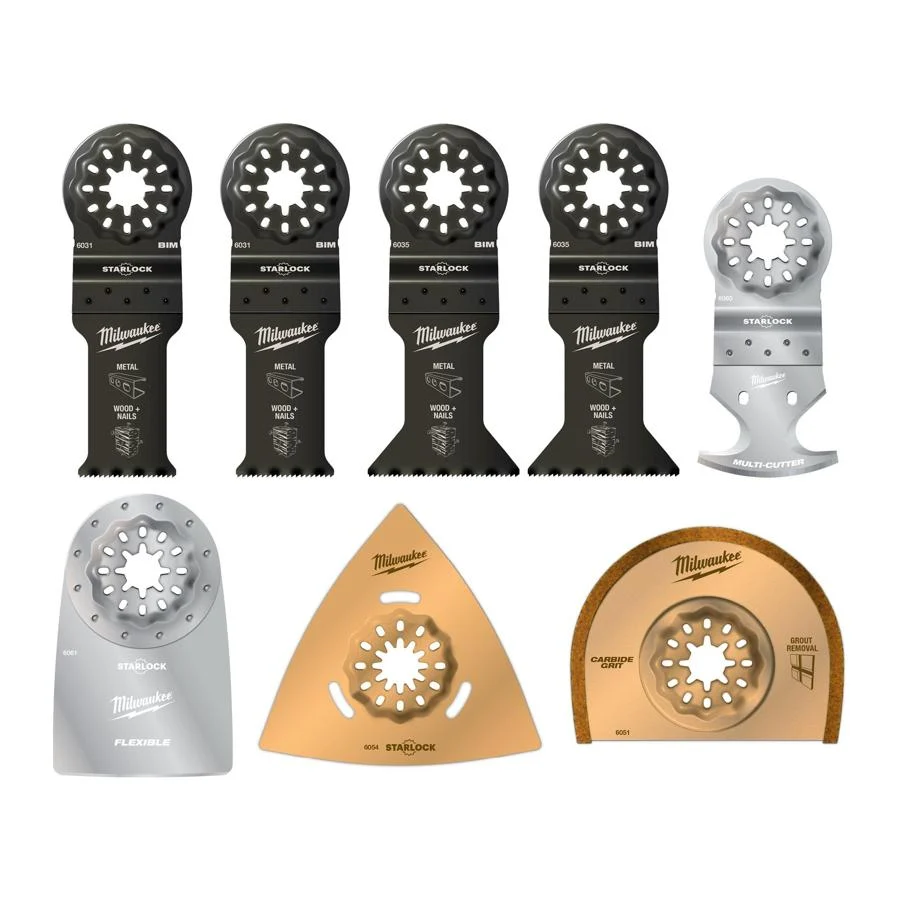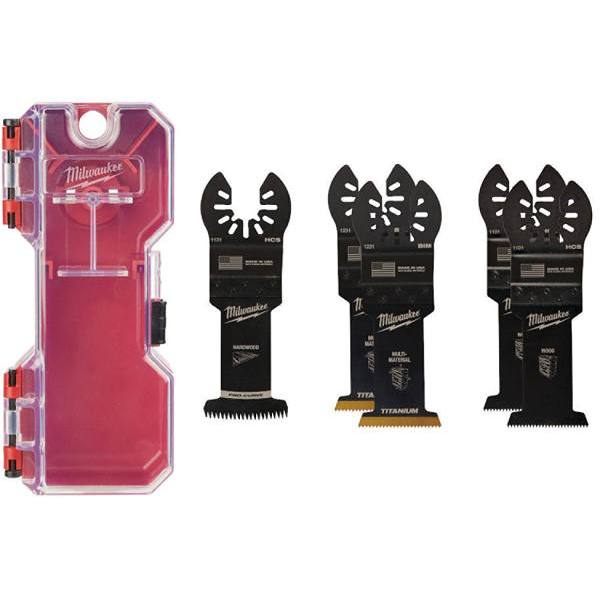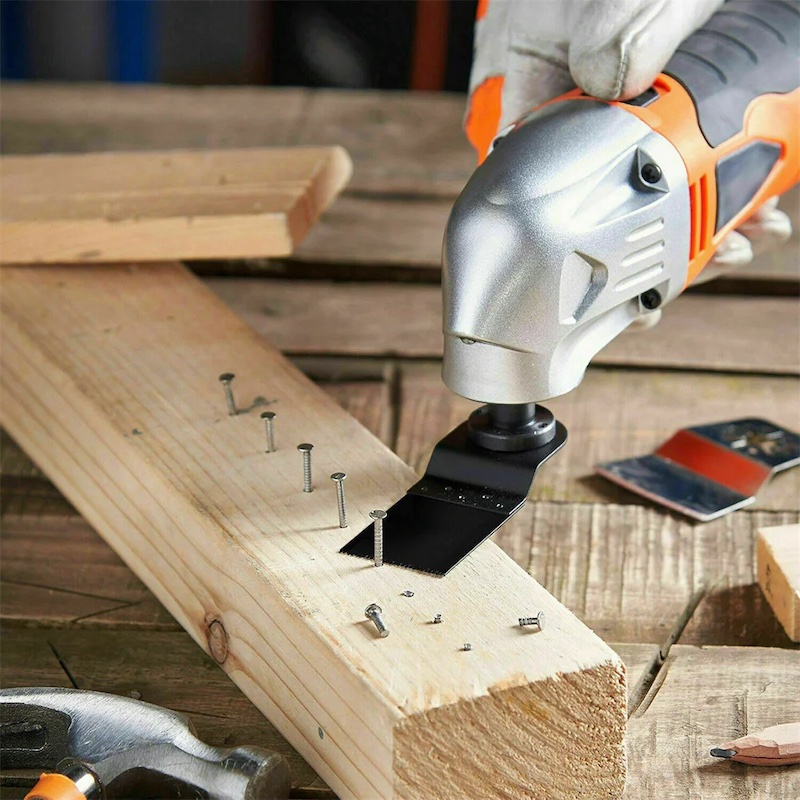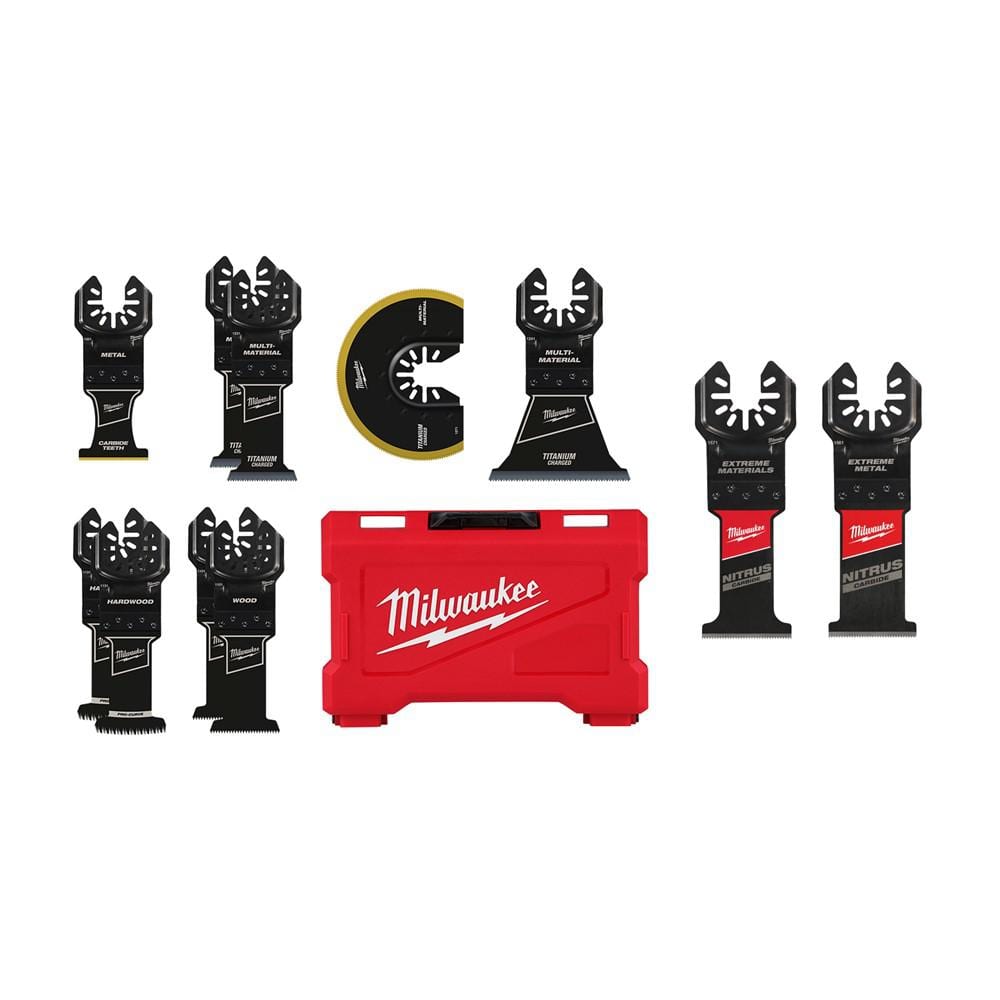Introduction
Milwaukee multi tool blades are crucial components of any DIY enthusiast or professional tradesperson’s toolkit. These versatile accessories are designed to handle a wide range of cutting and slicing tasks, making them essential for various projects. Whether you’re working on woodworking, metalwork, or general home repairs, having the right Milwaukee blades can make all the difference in achieving precise and efficient results.
Part 1: Understanding Milwaukee Multi Tool Blades
The quality of Milwaukee blades is unmatched, thanks to the use of high-quality materials and advanced manufacturing processeses. The blades are constructed from premium steel and feature precision-ground teeth for clean and precise cuts. This level of quality ensures that the blades will last longer and perform better than cheaper, low-quality alternatives.
In addition to their durability, Milwaukee blades are also designed for user convenience and safety. Many of the blades feature color-coding and labeling to make it easy to identify the right blade for the job. They also often come with quick-change systems for fast and easy blade changes, reducing downtime and increasing productivity.
Level 1: Milwaukee multi tool blades are accessories designed to be compatible with Milwaukee multi tools, such as the M18 and M12 series. These blades come in various shapes, sizes, and materials to cater to different cutting needs. From wood and metal cutting to grout removal and scraping, there’s a Milwaukee multi tool blade for every application.
Level 2: The blades are typically made from high-quality materials such as high-speed steel, bi-metal, and carbide, ensuring durability and long-lasting performance. They feature different tooth patterns and edge designs to cater to specific cutting requirements, such as fine precision cutting, aggressive plunge cutting, and rapid material removal.
Part 2: Types of Milwaukee Multi Tool Blades
Milwaukee blades are an excellent choice for anyone in need of high-quality, versatile cutting tools. Whether you are a professional contractor, a hobbyist, or a homeowner tackling DIY projects, these blades will help you get the job done right the first time. With their exceptional performance, durability, and ease of use, Milwaukee blades are a valuable investment for any workshop or tool collection.
Level 1: Milwaukee multi tool blades come in different types to accommodate specific cutting tasks. For woodworking applications, there are precision woodcutting blades, fine-tooth blades for detailed work, and Japanese-tooth blades for fast and clean cuts.
Level 2: Metal cutting blades are designed to tackle materials like steel, aluminum, and copper, with bi-metal and carbide teeth for added durability and aggressive cutting power. Additionally, there are specialized blades for grout removal, scraping, and sanding, making Milwaukee multi tool blades highly versatile for various applications.
Part 3: Choosing the Right Milwaukee Multi Tool Blades
Level 1: When selecting Milwaukee multi tool blades, it’s essential to consider the material and thickness of the workpiece, as well as the type of cut required. For instance, fine-tooth blades are suitable for intricate cuts in hardwood, while coarse-tooth blades are better for rough cuts in softwood.
Level 2: Understanding the blade’s compatibility with your Milwaukee multi tool model is crucial as well. Some blades are specifically designed for certain models, ensuring a perfect fit and maximum performance. Additionally, considering the blade’s tooth pattern and material composition can help optimize cutting efficiency and longevity.
Part 4: Maintenance and Care for Milwaukee Multi Tool Blades
Level 1: Proper maintenance and care can significantly extend the lifespan of Milwaukee multi tool blades. After each use, it’s essential to clean the blades to remove any accumulated debris, preventing corrosion and dulling of the teeth. Using a wire brush or solvent can help remove stubborn residues.
Level 2: Regular sharpening of the blades is crucial to maintain cutting efficiency. There are various sharpening tools and techniques available, such as diamond files or sharpening stones, to restore the blade’s sharpness. Additionally, storing the blades in a dry and rust-free environment can prevent deterioration and ensure optimal performance.
Part 5: Tips for Effective Use of Milwaukee Multi Tool Blades
Level 1: To maximize the performance of Milwaukee multi tool blades, it’s essential to use the correct blade for the specific application. This includes choosing the right tooth pattern, material composition, and size to achieve the desired cutting results.
Level 2: Proper technique and safety measures are equally important when using Milwaukee multi tool blades. This includes using appropriate protective gear, maintaining a steady hand, and ensuring a secure workpiece for precise and safe cutting operations. Additionally, understanding the capabilities and limitations of the blades can help prevent damage and ensure longevity.
Part 6: Types of Milwaukee Multi-Tool Blades
Level 1:
Milwaukee blades come in a variety of types to accommodate different cutting needs.
Level 2:
- Wood cutting blades: These blades have coarse teeth and are designed to cut through wood and plastic materials with ease. They are ideal for making straight or curved cuts in wood.
- Metal cutting blades: These blades have finer teeth and are meant for cutting through metal, including copper, aluminum, and steel. They are perfect for cutting metal pipes, sheets, and nails.
Part 7: Blade Compatibility with Milwaukee Multi-Tool
Level 1:
It is important to ensure that the blades you are purchasing are compatible with your Milwaukee multi-tool.
Level 2:
- Milwaukee’s multi-tool blades are designed to be compatible with all Milwaukee oscillating multi-tools, ensuring a secure and efficient fit.
- It is also crucial to check the mounting system and size of the blades to make sure that they are compatible with your specific Milwaukee multi-tool model before making a purchase.
Part 8: Maintenance and Care of Milwaukee Blades
Level 1:
Proper maintenance can prolong the life of your Milwaukee blades and ensure optimal performance.
Level 2:
- After each use, it is important to clean the blades to remove any debris, dust, or residue. This can be done with a brush or compressed air to ensure the teeth remain sharp and efficient.
- Additionally, regularly inspecting the blades for signs of wear and tear, such as dulling or chipping, and replacing them when necessary can help maintain the quality and longevity of your Milwaukee blades.
Conclusion
Multi-tool blades are designed to provide maximum performance and durability for a variety of cutting tasks. Whether you need to cut wood, metal, plastic, or other materials, there is a Milwaukee multi-tool blade to suit your needs.
One of the key features of Milwaukee blades is their universal fit design. This means that they are compatible with most major brands of oscillating multi-tools, including Dewalt, Bosch, Makita, and more. This makes them a versatile and valuable addition to any contractor or DIY enthusiast’s toolbox.
Milwaukee offers a wide range of multi-tool blade styles and sizes to tackle different cutting applications. For example, they offer bi-metal blades for cutting through metal. Wood and metal blades for cutting through wood and metal, and carbide grit blades for aggressive cutting of abrasive materials like tile, grout, and cement board. They also offer specialty blades for tasks such as plunge cutting, flush cutting, and scraping.
Milwaukee multi tool blades are indispensable accessories for a wide range of cutting and slicing tasks. Offering versatility, durability, and precision. Understanding the different types, choosing the right blades, and maintaining them properly are essential for achieving optimal performance and longevity. By following best practices and techniques, these blades can significantly enhance the efficiency and quality of various projects. Making them an essential investment for any DIY enthusiast or professional tradesperson.



